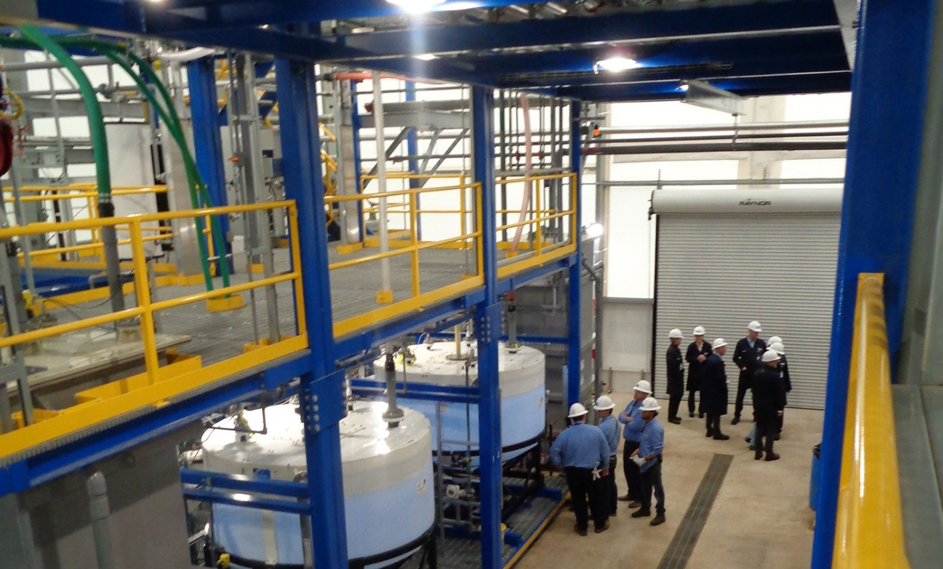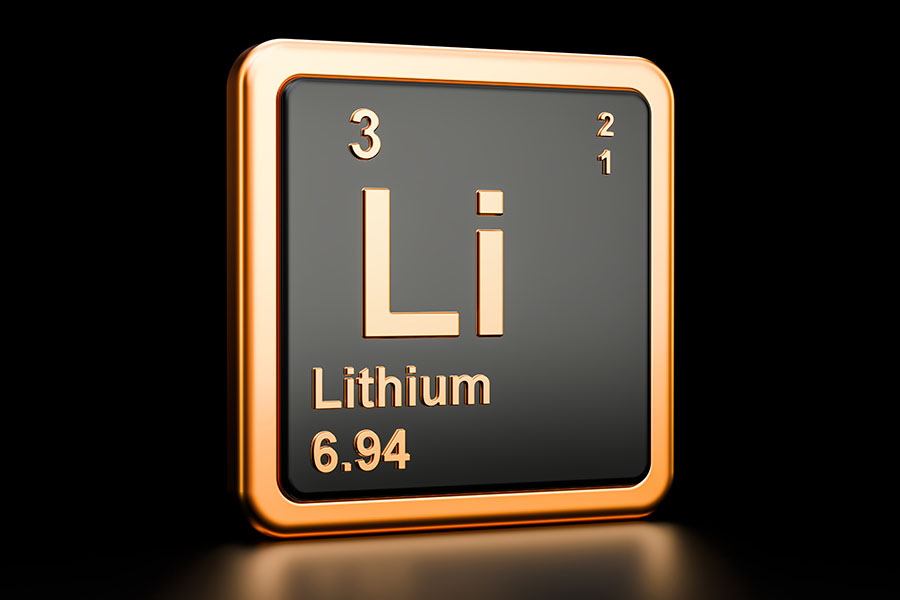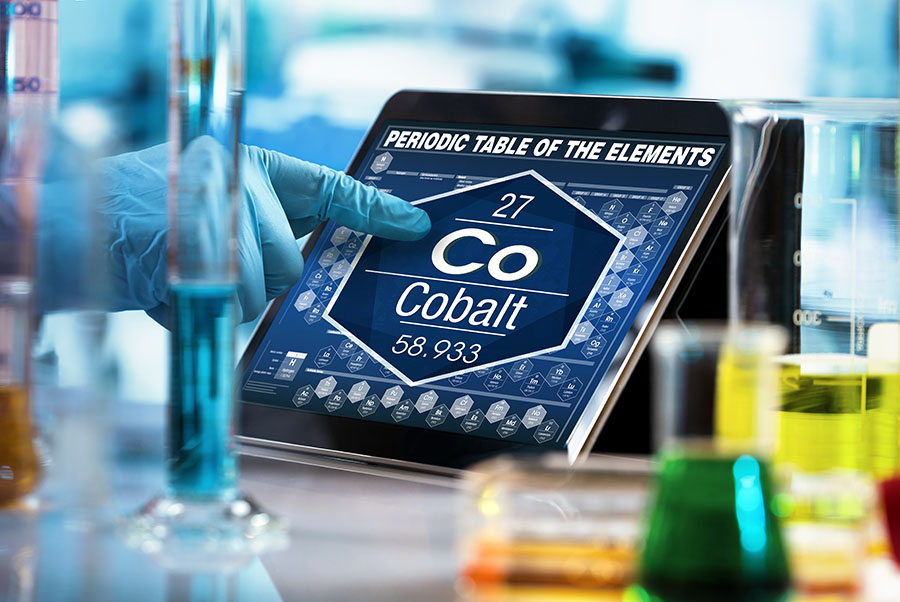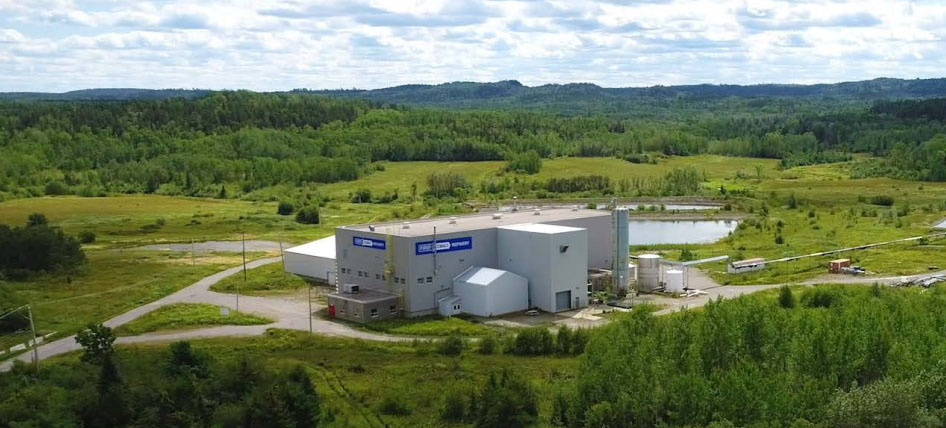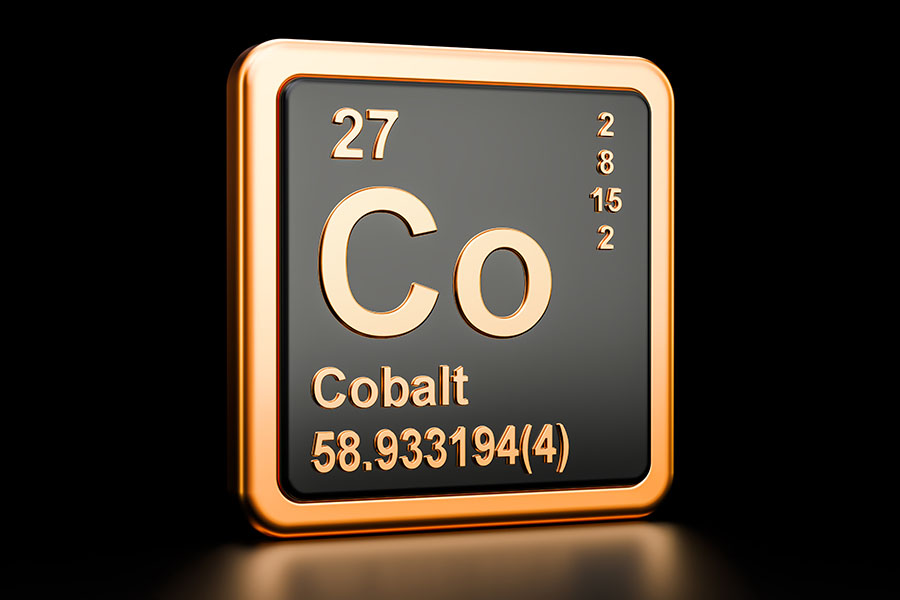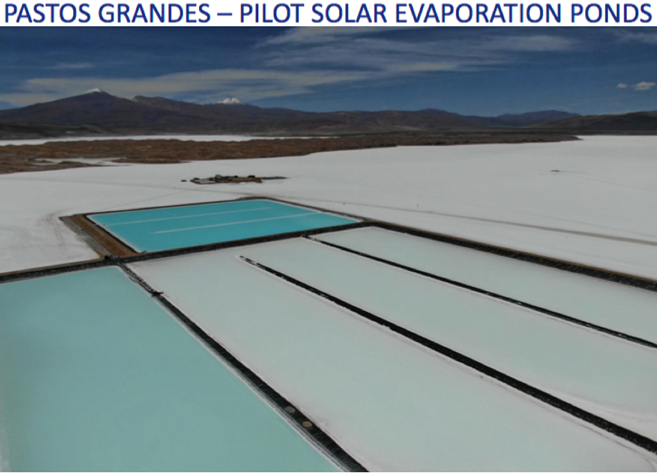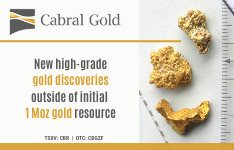
If you open up your mobile phone or laptop, you'll find a lithium battery. If you own an EV, it's likely powered by a lithium battery. Lithium is a metal that's light and cheap, and it's increasingly the material of choice for battery makers.
In the future, lithium could replace much of the oil we now use for energy—which raises questions about how much we can realistically rely on the metal. Popular Science Senior Editor Seth Fletcher explores this in his new book, Bottled Lightning: Superbatteries, Electric Cars and the New Lithium Economy.
Lithium Logistics
"You have to store metallic lithium in oil; otherwise, it tarnishes," Seth says. "Actually, it's so volatile it doesn't exist in nature in its pure form. So, if you're mining for lithium, you never find big arm-sized veins of metal because they just don't exist."
Most of the world's lithium comes from the 'lithium triangle'—a series of salt lakes in a high-altitude region where Bolivia, Chile and Argentina meet.
"Over the years, the water has absorbed minerals and settled in these giant salt sponges, and now there's this rich brine," he says.
When the water evaporates, it leaves behind an olive oil-like substance that has a small percentage of lithium, which is then processed into lithium carbonate, a white powder. And according to Fletcher, there's more than enough to meet the rising demand.
"I don't know of any serious person in the automotive or lithium industries who believed that there is a serious, long-term supply problem," he says. "In fact, for the next 10 years, there will probably be a lithium oversupply because so many companies have now moved into the market."
And unlike the impact of mining other natural resources, concentrating lithium is "about as low-impact as mining can get," he says.



